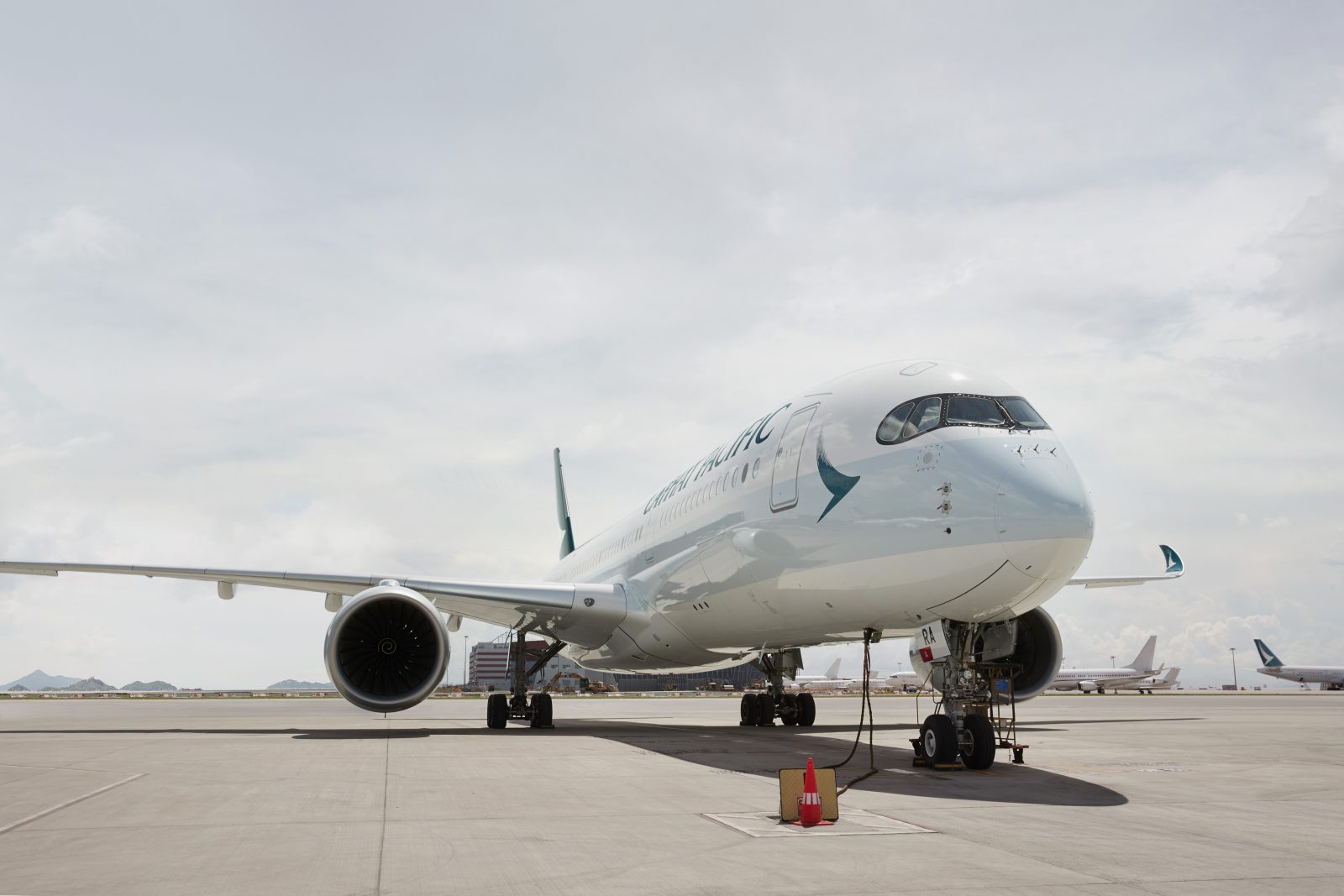
Hong Kong-based airline Cathay Pacific is working with European aerospace giant Airbus on a solo pilot system that would allow the carrier to reduce the number of flight crew on long-haul flights it was revealed on Wednesday.
The secret project which has been codenamed ‘Connect’ would see just one pilot on the flight deck for much of the time that a plane is in the high altitude cruise phase of the flight. The other pilot would be resting and both pilots would be on the flight deck for both takeoff and landing.
The project, revealed by Reuters, has been confirmed by both Cathay Pacific and Airbus with sources claiming the Asian carrier wants to have single-pilot operations up and running by 2025.
The German flag carrier Lufthansa is also advising the Connect team but the airline has distanced itself from the project over various safety fears.
“While we are engaging with Airbus in the development of the concept of reduced crew operations, we have not committed in any way to being the launch customer,” Cathay Pacific said on Wednesday. In a statement, a spokesperson added that the system would only be implemented if there was “absolutely no compromise on safety”.
The Airbus A350 is the target aircraft for single-pilot operations because it already has new autonomous systems including an emergency descent feature that automatically takes the plane down to a lower safe altitude in the event of a sudden depressurization without any pilot input.
Other safety systems would need to be in place to ensure that the pilot on duty remained awake and conscious.
Ultimately, Cathay Pacific is willing to wait to see how the pandemic plays out to see whether Project Connect is necessary to drive major cost savings. On a normal long-haul flight, there are between 3 and 4 pilots required to rotate in pairs on breaks.
The European Union Aviation Safety Agency (EASA) is also involved in the development of single-pilot operations on large commercial aircraft but any such system would require approval from air safety regulators around the world.
The UN’s International Civil Aviation Organization would also need to give the system the nod.
Ryanair boss Michael O’Leary first muted the idea of single-pilot flying back in 2010, arguing that the co-pilot was largely redundant because “the computer does most of the flying.”
“Given the sophistication of our aircraft we believe that one pilot flying can operate safely on short routes and reduce fares for all passengers,” a spokesperson for the Irish low-cost airline later said.
In 2018, O’Leary even mused that completely pilotless planes could see the light of day within the next 40 years.
Photo Credit: Cathay Pacific
Mateusz Maszczynski honed his skills as an international flight attendant at the most prominent airline in the Middle East and has been flying ever since... most recently for a well known European airline. Matt is passionate about the aviation industry and has become an expert in passenger experience and human-centric stories. Always keeping an ear close to the ground, Matt's industry insights, analysis and news coverage is frequently relied upon by some of the biggest names in journalism.








I am pretty sure Malaysia Airlines have already some experience with this system. Unfortunately, the feedback never happened as they are still trying to find the plane.